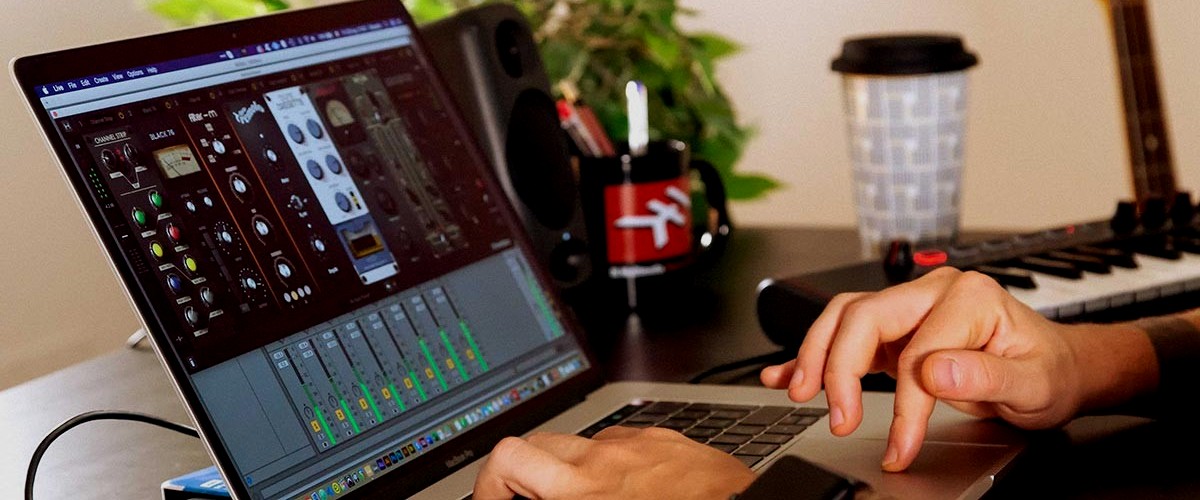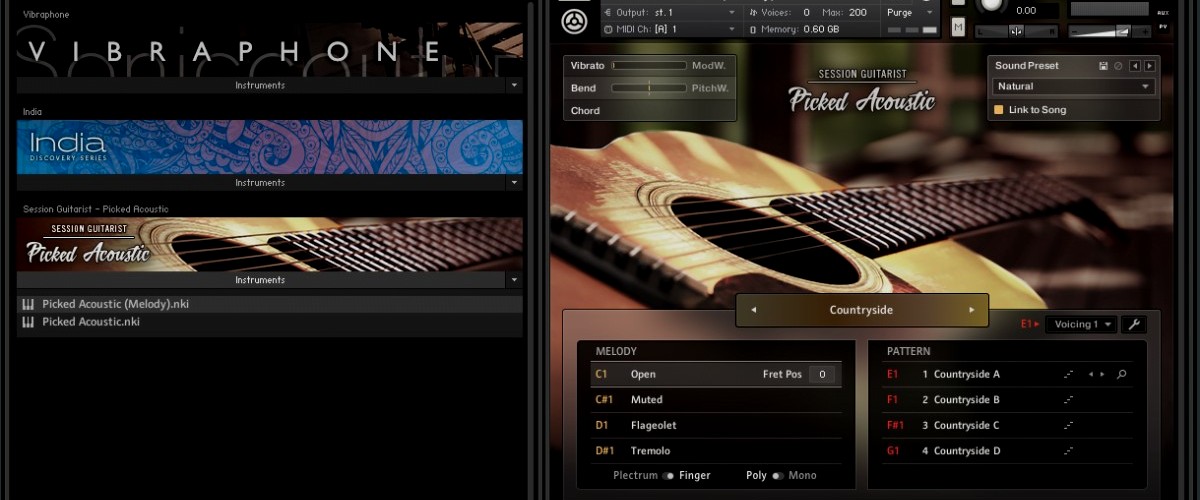Do you know what VST stands for? Many musicians and producers might be familiar with the term, but not everyone knows its significance. This abbreviation means ‘Virtual Studio Technology,’ a type of software that allows users to create digital audio performances.
VSTs can include synthesizers, samplers, and other instrument plugins and are used by everyone from professional producers to amateur bedroom musicians.

What is VST?
VSTs are software plugins you can use in your DAW to add new sounds and effects.
There are VSTs for almost every type of instrument, from guitars and drums to synths and samplers. In addition, you can find VSTs that emulate classic hardware processors, like those used on the early Beatles recordings.
Loading a VST plugin into your DAW creates a virtual version of that instrument or effect. The plugin runs on your computer and communicates with your DAW using a MIDI protocol. MIDI is what allows electronic instruments to talk to each other.
For example, let’s say you’re using a VST piano plugin. The plugin will send MIDI messages to your DAW, which will then trigger the sound of a piano. The benefit of using a VST is that it takes up much less space than a real piano, and you can use it in any DAW that supports VSTs.
VSTs are not just for instrument sounds, either. There are also VSTs for effects, like reverb and delay. These can be used to process your audio tracks and make them sound better.
Three types of VST
There are three types of VST: instruments, effects, and MIDI.
VST Instruments
These plugins are very popular because they can make your music sound like famous hardware synthesizers. Some of these popular instruments include Massive, FM8, Absynth, Sylenth 1, Reaktor, Gladiator, Vanguard, and Omnisphere.
VST Effects
Effects are used to process your audio signal and make it sound better. Some widespread VST effects include reverb, delay, EQ, compression, and distortion. These can be used on any audio track, from vocals to guitars to drums.
MIDI
MIDI is a protocol that is used to send musical information between devices. For example, MIDI VSTs allow you to control other VST instruments with your MIDI controller. It can be constructive if you want to create complex musical arrangements or if you want to use your computer as a virtual instrument.

How to use VSTs
Now that you know what VSTs are, let’s talk about how to use them.
First, you need to have a DAW or Digital Audio Workstation. You will use the software to record and edit your music. Many different DAWs are available, such as Pro Tools, Logic, Ableton Live, and FL Studio. Once you have decided on a DAW, you can start looking for VSTs to use with it.
The first way is to buy plugins from a plugin developer. It is the best way to get high-quality, professional-grade plugins. Developers like Waves and Native Instruments make some of the best VSTs on the market.
Another way to get VSTs is to download them free from the internet. Many websites offer free VSTs, but the quality can be hit or miss. So it’s always a good idea to read reviews before downloading anything from the internet.
When you find a VST that you want to use, you first need to install it. Most VSTs will come in a ZIP file, which you can unzip and then move to your VST folder. This location will differ for every DAW, so you’ll need to consult your DAW’s documentation to find out where to put the VST files.
Once the VST is installed, you can open it in your DAW and start using it. Each VST will have its own interface, with controls for the different parameters. Some VSTs will be very simple, with just a few controls, while others will be much more complex.
As you start using VSTs, you’ll get a feel for how they work and what kinds of sounds you can create with them. There are thousands of different VSTs available, so you’re sure to find ones that you like, and that fit your style of music.
Benefits of using VST plugins
There are many benefits to using VST plugins. Here are just a few:
First, VSTs can save you money
If you’re a bedroom producer, you might not have the budget to buy expensive hardware synthesizers. But with VST instruments, you can get the same sounds for a fraction of the price.
VSTs are more convenient
Hardware synthesizers can be very large and bulky, often requiring their power source. VSTs, on the other hand, are small software programs that can be easily installed on your computer.
VSTs offer more flexibility
With hardware synthesizers, you’re limited to the sounds the manufacturer has programmed into the device. But with VSTs, you can tweak the settings to create your unique sounds.
VSTs are easy to use
Many VST instruments come with preset sounds that you can use as a starting point. And if you want to get more creative, most VSTs offer a wide range of options and controls that allow you to create your own sounds.
VSTs are a great way to get the sounds you want without spending much money
With so many different VSTs available, you’re sure to find ones that you like, and that fit your style of music. So why not give them a try? You might be surprised at what you can create.
The bottom line
In the early days of computer music, most sounds were generated using MIDI keyboards and modules. These devices were hardware-based, meaning they took up a lot of space and were expensive. Nowadays, anyone with a computer can access the same sounds and instruments that were once only available to those with a lot of money.
We are supported by our audience. When you purchase through links on our site, we may earn an affiliate commission at no extra cost to you.
Our newsletter
* We will never send you spam or share your email with third parties

